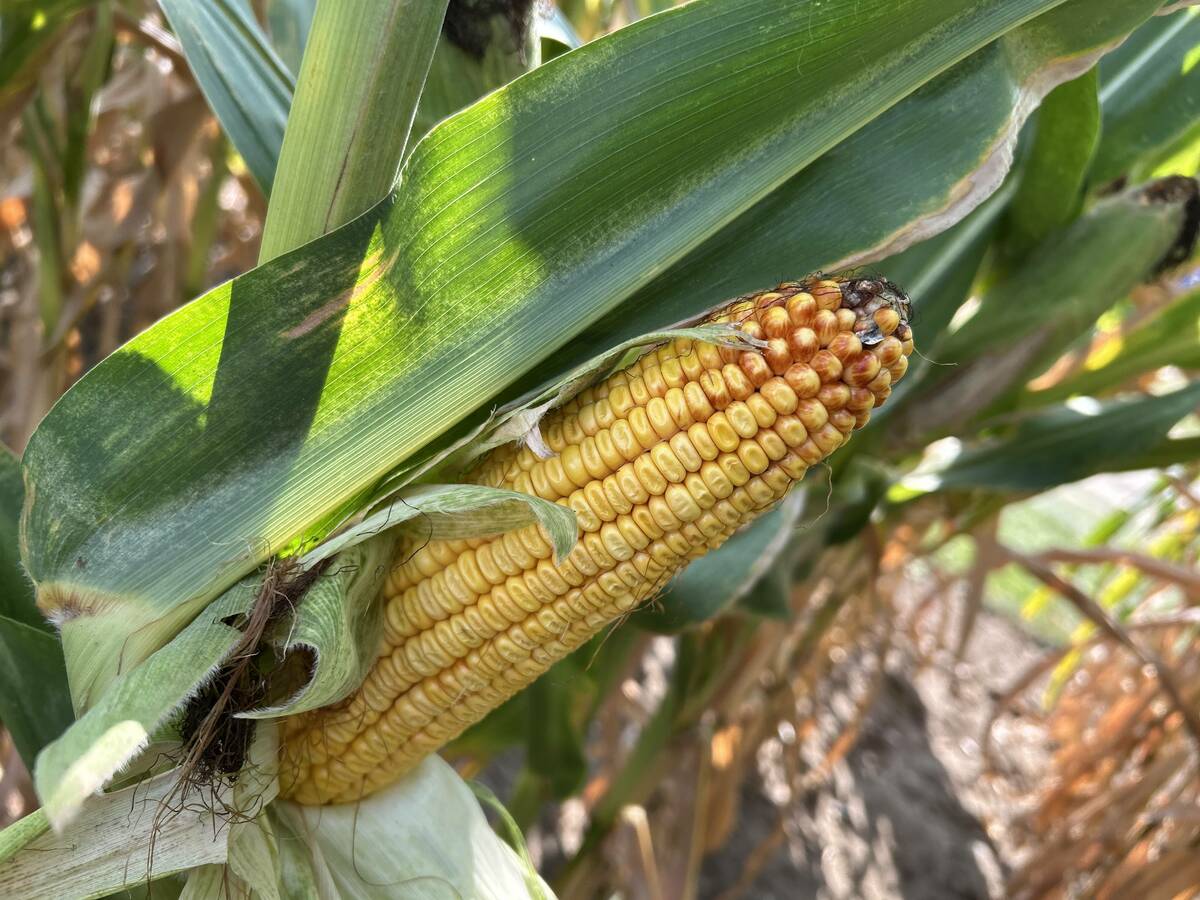This year’s whipsawing crop markets are a perfect time to buy far-out, cheap options.
The only problem is, there is none available.
“There’s so much uncertainty, there’s so much volatility, the prices are so high,” said North Dakota marketing adviser Mike Krueger of the Money Farm.
“Options are so expensive if you’re talking six to 12 months from now.”
Options are like insurance policies on prices. A call option lets a person buy something in the future at a set price. A put option lets him sell something in the future at a set price. The person that creates the option, called the writer, charges a fee for the option called the premium.
Read Also

Crop estimates show mixed results
Model-based estimates used by Statistics Canada showed the 2025/26 crop year has seen increases in canola, corn for grain, oats and lentils production while seeing dips in spring wheat, durum wheat, soybeans and barley in comparison to 2024/25.
A call option allows a buyer to make a profit if the product’s price increases by more than the cost of the premium. If the market price increases a lot, a call buyer can make a lot of money from a relatively small premium cost.
The reverse is true for put options.
With crop and other commodity prices leaping up and plunging down, it’d be nice to own options that provided a risk-free way to get the upside and a risk-free way to avoid the downside, especially for a farmer whose income is based on those volatile commodities.
But increased volatility increases premium rates on options, and what would have been a cheap option premium three years ago, when the markets were in the doldrums, has now become expensive.
Broker Ken Ball of Union Securities was frustrated this spring when he tried to buy call options for canola. The market price was low and he suspected it would recover, but the far-from-expiry option premiums were too high to justify. Nearer-by premiums were better, but few were available.
“We’ve been trying to use options more,” said Ball.
“We’ve been trying to load up on canola calls, but it hasn’t been easy to do. We only did a fraction of what we wanted.”
Adviser Errol Anderson of Pro Market Communications said options that are far from expiry are too expensive to justify most of the time, especially in a volatile market where they have a real chance of being exercised.
But he thinks there are opportunities to use close-to-expiry options in a tempestuous market like today’s. He likes buying put options during sudden rallies.
“If this market really gets hot, and really does take off, I’m a fan of scaling-in put options into a rising market,” said Anderson.
“It keeps you disciplined and we don’t know where the top is, but we know there will be some form of collapse.”
Anderson suggests that when a sudden, intense rally occurs, producers consider buying puts that have six to eight weeks to expiry. If the market keeps rising, then the premium will be lost.
But in this volatile year, most rallies will be followed by sell-offs.
“We know the market won’t last,” said Anderson. Premiums for close-to-expiry options are much cheaper than for ones that have longer to expire.
The trick is to be able to bring oneself to pay money for premiums on an option that will only become valuable if the market drops, at the very time that it looks like the sky is the limit.
“You have to do it at the heat of the moment,” said Anderson.















